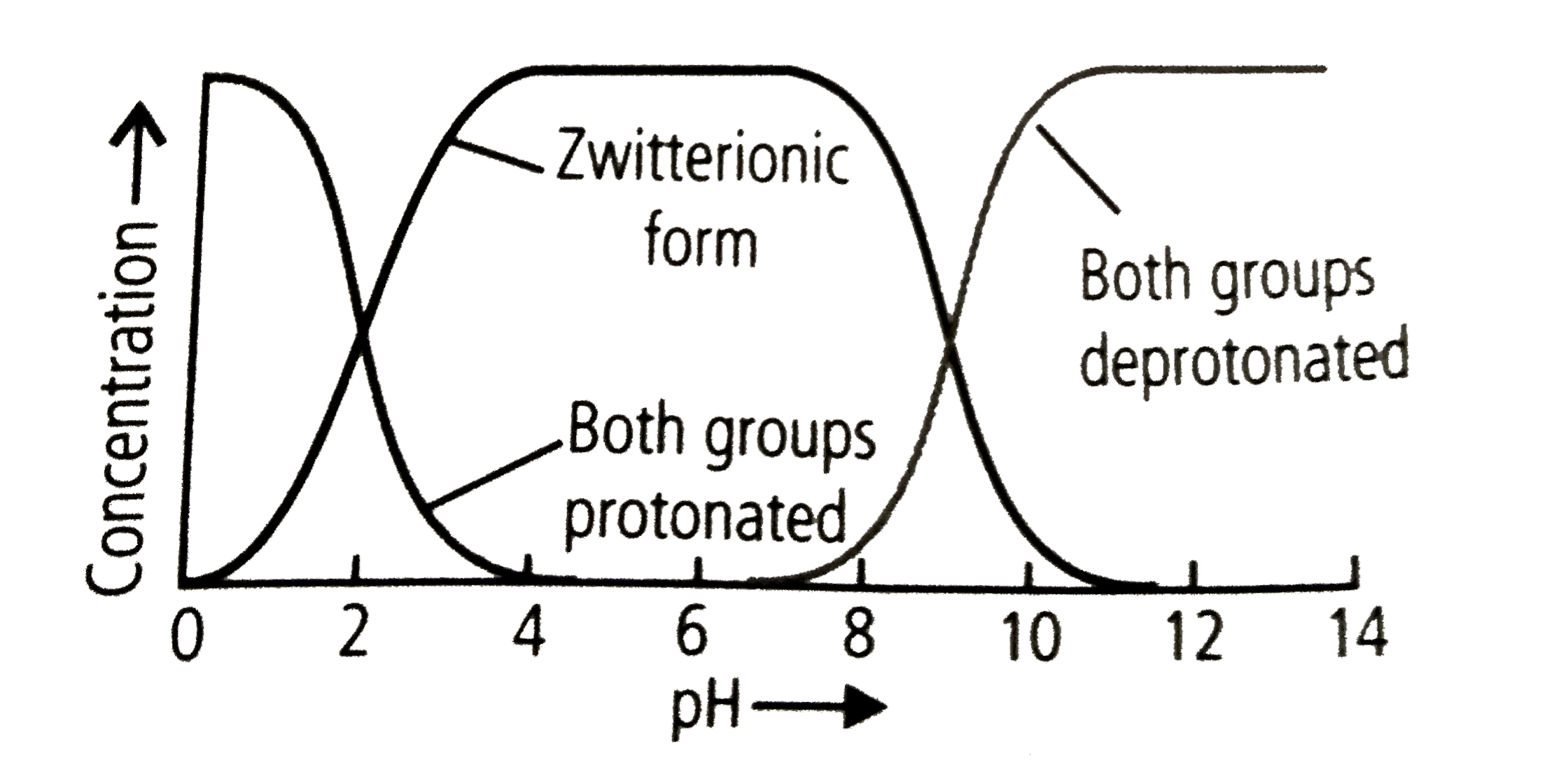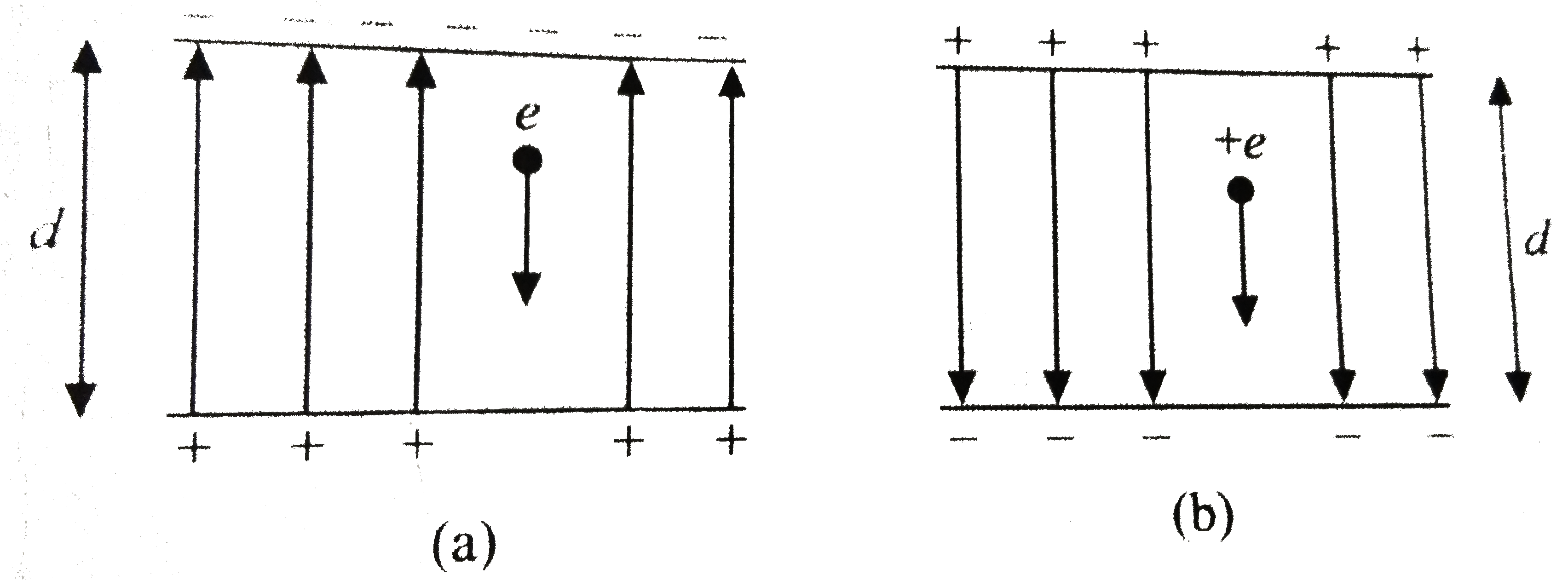According to Lewis concept acid is(A) proton donor (B)electron pair donor (C)proton acceptor (D)electron pair acceptor
proton donor
electron pair donor
proton acceptor
electron pair acceptor .
The correct Answer is:D
To solve the question, we need to understand the Lewis concept of acids and bases. Let's break it down step by step:
Step 1: Understand the Lewis Concept
The Lewis concept defines acids and bases in terms of electron pairs. According to this concept:
- Lewis Acid: An electron pair acceptor.
- Lewis Base: An electron pair donor.
Step 2: Analyze the Options
Now, let's analyze the given options based on the Lewis concept:
- (A) Proton donor: This is related to the Brønsted-Lowry concept, not Lewis.
- (B) Electron pair donor: This describes a Lewis base, not an acid.
- (C) Proton acceptor: Again, this is related to the Brønsted-Lowry concept, not Lewis.
- (D) Electron pair acceptor: This matches the definition of a Lewis acid.
Step 3: Identify the Correct Answer
From our analysis, the only option that correctly describes a Lewis acid is:
- (D) Electron pair acceptor.
Conclusion
Thus, according to the Lewis concept, the correct answer is (D) electron pair acceptor.
---
The Lewis concept defines acids and bases in terms of electron pairs. According to this concept:
- Lewis Acid: An electron pair acceptor.
- Lewis Base: An electron pair donor.
Now, let's analyze the given options based on the Lewis concept:
- (A) Proton donor: This is related to the Brønsted-Lowry concept, not Lewis.
- (B) Electron pair donor: This describes a Lewis base, not an acid.
- (C) Proton acceptor: Again, this is related to the Brønsted-Lowry concept, not Lewis.
- (D) Electron pair acceptor: This matches the definition of a Lewis acid.
From our analysis, the only option that correctly describes a Lewis acid is:
- (D) Electron pair acceptor.
Thus, according to the Lewis concept, the correct answer is (D) electron pair acceptor.
Topper's Solved these Questions
- EQUILIBRIUM BOOK - NCERT FINGERTPS ENGLISHCHAPTER - EQUILIBRIUM EXERCISE - HOTS
6 Videos
- EQUILIBRIUM BOOK - NCERT FINGERTPS ENGLISHCHAPTER - EQUILIBRIUM EXERCISE - EXEMPLAR PROBLEMS
19 Videos
- ENVIRONMENTAL CHEMISTRYBOOK - NCERT FINGERTPS ENGLISHCHAPTER - ENVIRONMENTAL CHEMISTRYEXERCISE - Assertion And Reason
15 Videos
- HYDROCARBONS BOOK - NCERT FINGERTPS ENGLISHCHAPTER - HYDROCARBONS EXERCISE - Assertion And Reason
15 Videos
Similar Questions
Knowledge Check
Refer to the given graph showing state of ionisation of zwitterion.
Select the correct statements regarding zwitterion.
(i) Zwitterions can be formed from compunds that contain both acid groups and basic groups in their molecules.
(ii) A zwitterion can act either as proton donor or proton acceptor.
(iii) A monoamine monocarboxylic α-amino acid is a acid at high pH as both the groups (amino and carboxyl) lose a proton.
(iv) Amino acids in solution at neutral pH exist predominantly as dipolar ions, the amino group is protonated (−NH+3) and the carboxyl group is deprotonated (−COO−).
 A(iii) and (iv)B(i), (ii), (iii) and (iv)C(i) and (ii)D(i), (ii) and (iii)
A(iii) and (iv)B(i), (ii), (iii) and (iv)C(i) and (ii)D(i), (ii) and (iii)
Assertion (A): pKa of a weak acid become equal of the pH of the solution at the mid-point of titration.
Reason (R) : The molar concentration of the proton donor an proton acceptor beomes equal at the mid-point.
View SolutionState the terms defined in each case: A bond formed by - [a] a shared pair of electrons, each bonding atom contibuting one electron to the pair. [b] a shared pair of electrons with both electrons coming from the same atom.
View SolutionIn β−1 decay, a (A) neutron coverts into a proton emitting antineutrino (B) neutron coverts into a proton emitting neutrino (C) proton coverts into a neutron emitting antineutrino (D) proton coverts into a neutron emitting neutrino
View SolutionA Ge specimen is dopped with Al. The concentration of acceptor atoms is ~1021atoms/m3. Given that the intrinsic concentration of electron hole pairs is ~1019/m3, the concentration of electron in the speciman is
View SolutionAn electron (mass me)falls through a distance d in a uniform electric field of magnitude E.
 ,
,
The direction of the field is reversed keeping its magnitudes unchanged, and a proton(mass mp) falls through the same distance. If the times taken by the electrons and the protons to fall the distance d is telectron and tproton respectively, then the ratio telectron/tproton.
View SolutionAccording VSEPR theory, in the electronic geometry of the molecule(s), electron pair tend to minimise repulsion and follow the repulsion order in presence of lone pair of electrons with bond pair of electrons. lp-lpgt lp-bp gtbp-bp
and similarly double bond pair of electrons follow the repulsion order with angle bond pair of electrons. double bond -double bond gt double bond -single bond gtsingle bond -single bond
Which of the following statement is CORRECT about XeO2F2
View SolutionAccording to V.B.T., atoms of element form bond only to pair up their unpaired electrons present in ground state or excited state. This pairing of unpaired electron will take place by overlapping of orbitals each one having one unpaired electron with opposite spin.
Which of the following orbital cannot form δ-bond ?
View Solution
